Table of content
Tea oil boiled chicken, a dish celebrated for its delicate flavor and tender texture, is a culinary gem that originated in China’s southern provinces. This recipe combines the earthy aroma of tea oil with the natural sweetness of chicken, creating a harmonious blend that tantalizes the taste buds. Whether you’re a seasoned home cook or a novice in the kitchen, mastering this dish requires attention to detail and a passion for balancing flavors. In this comprehensive guide, we’ll explore the history, ingredients, and techniques needed to create a memorable tea oil boiled chicken that will impress your family and guests alike.
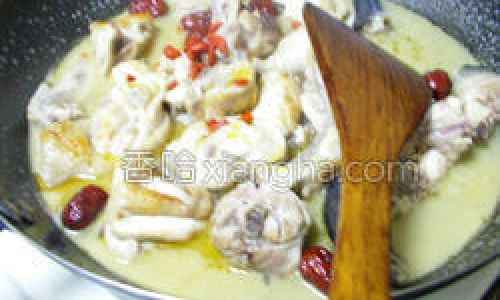
The Origins and Cultural Significance
Before diving into the recipe, it’s essential to understand the cultural context of tea oil boiled chicken. Rooted in Chinese culinary traditions, this dish is often served during festive occasions, family reunions, and celebratory banquets. The use of tea oil, a prized ingredient extracted from the seeds of the Camellia oleifera plant, adds a layer of sophistication and health benefits. Unlike other cooking oils, tea oil has a high smoke point and a mild, nutty flavor that enhances rather than overpowers the ingredients.
In regions like Guangdong and Fujian, tea oil boiled chicken is considered a symbol of prosperity and warmth. The dish’s simplicity—relying on fresh, high-quality ingredients and minimal seasoning—reflects the philosophy of haochi (good food) in Chinese cuisine, where the true essence of the ingredients is allowed to shine.
Ingredients: Quality Over Quantity
To achieve authentic tea oil boiled chicken, selecting the finest ingredients is non-negotiable. Here’s a breakdown of what you’ll need:
- Whole Chicken (1.5–2 kg): Opt for a free-range or organic chicken if possible. The meat should be firm, with smooth, unblemished skin. Avoid frozen chickens, as they tend to release excess moisture during cooking, diluting the flavors.
- Tea Oil (100ml): Choose cold-pressed, extra-virgin tea oil for the best results. Its golden hue and subtle fragrance are key to the dish’s character.
- Fresh Ginger (50g): Thinly sliced ginger removes any lingering “poultry” aroma and adds a warm, peppery note.
- Spring Onions (4–5 stalks): Use the white and light green parts for cooking; reserve the dark green tops for garnish.
- Shaoxing Wine (2 tbsp): This rice wine imparts a mild acidity and depth of flavor. If unavailable, dry sherry is a suitable substitute.
- Salt (1.5 tsp): Sea salt or kosher salt works best for seasoning.
- White Pepper (1/2 tsp): Freshly ground pepper adds a gentle heat without overwhelming the dish.
- Sesame Oil (1 tsp, optional): A drizzle at the end enhances the aroma.
- Fresh Cilantro (for garnish): Adds a burst of color and freshness.
Step-by-Step Preparation
Preparing the Chicken
Start by thoroughly cleaning the chicken. Remove any giblets from the cavity and pat the bird dry with paper towels. Trussing the chicken—tying its legs together with kitchen twine—ensures even cooking and a neater presentation. If time permits, let the chicken air-dry in the refrigerator for 2–3 hours. This step firms up the skin, resulting in a crispier texture after cooking.
Infusing Aromatics
In a large pot (big enough to submerge the chicken), combine 8 cups of water, sliced ginger, spring onions, Shaoxing wine, 1 teaspoon of salt, and white pepper. Bring the mixture to a gentle simmer over medium heat. The goal here is to create a fragrant broth that will flavor the chicken from the inside out.
Cooking the Chicken
Once the broth simmers, carefully lower the chicken into the pot. Ensure it’s fully submerged—if needed, use a heatproof plate or a small bowl to weigh it down. Cover the pot and adjust the heat to maintain a steady, low simmer. Avoid boiling vigorously, as this can toughen the meat.
Cooking time varies depending on the chicken’s size. As a general rule, allow 30 minutes per kilogram. For a 1.5 kg chicken, 45 minutes should suffice. To check for doneness, pierce the thickest part of the thigh with a skewer. If the juices run clear (not pink), the chicken is ready.
The Tea Oil Infusion
While the chicken cooks, prepare the tea oil mixture. In a small saucepan, gently heat 100ml of tea oil over low heat. Add 2 tablespoons of sliced ginger and 2 chopped spring onion stalks. Let the mixture simmer for 5–7 minutes until fragrant but not browned. Remove from heat and set aside. This infused oil will be used to baste the chicken later.
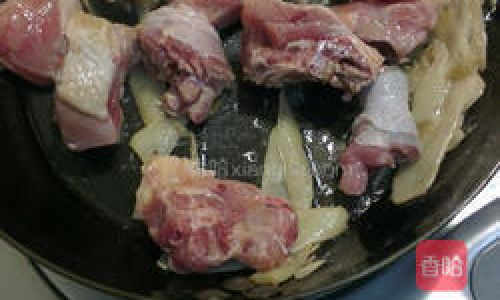
Shocking the Chicken
Once cooked, immediately transfer the chicken to an ice bath. This sudden temperature change halts the cooking process and tightens the skin, resulting in a delightful contrast between crispy skin and tender meat. Let it rest in the ice bath for 10 minutes, then pat dry.
Basting and Seasoning
Place the chicken on a cutting board and brush it generously with the warm tea oil mixture. Ensure every nook and cranny is coated—this step seals in moisture and imparts the dish’s signature flavor. Sprinkle the remaining salt over the skin and rub it gently to adhere.
Carving and Presentation
Carve the chicken into serving pieces using a sharp cleaver or knife. Arrange the pieces on a platter, drizzle with any remaining tea oil, and garnish with cilantro and reserved spring onion tops. For an extra touch of elegance, serve with a small dish of sesame oil mixed with a pinch of salt for dipping.
Tips for Perfecting Tea Oil Boiled Chicken
- Master the Ice Bath: The ice bath is non-negotiable for achieving crispy skin. Skipping this step will result in soggy, less appealing texture.
- Adjust Seasoning to Taste: While the recipe provides a guideline, feel free to increase the salt or white pepper if desired. Always taste the broth before cooking the chicken to ensure it’s adequately seasoned.
- Experiment with Aromatics: For a twist, add star anise, Sichuan peppercorns, or dried mushrooms to the broth. These ingredients introduce complex layers without overpowering the tea oil.
- Leftover Broth: Don’t discard the cooking liquid! Strain it and use it as a base for soups or rice. It’s packed with flavor and nutrients.
Health Benefits of Tea Oil Boiled Chicken
Tea oil boiled chicken isn’t just delicious—it’s also a nutritious choice. Tea oil is rich in antioxidants, vitamins E and A, and monounsaturated fats, which support heart health and reduce inflammation. Chicken, a lean protein source, provides essential amino acids for muscle repair and immune function. Together, they create a dish that’s both indulgent and wholesome.
Variations and Customizations
- Spicy Tea Oil Chicken: Add dried red chilies or fresh chili paste to the tea oil mixture for a fiery kick.
- Herb-Infused Version: Toss in fresh herbs like basil or mint during the final basting step.
- Gluten-Free Option: Ensure your Shaoxing wine is gluten-free, or substitute it with rice vinegar.
- Vegetarian Adaptation: Replace chicken with tofu or mushrooms, and use vegetable broth instead of water.
Common Mistakes to Avoid
- Overcooking the Chicken: This leads to dry, stringy meat. Use a meat thermometer to gauge doneness (75°C/165°F at the thigh).
- Using Low-Quality Tea Oil: Inferior oils may impart a bitter or rancid taste. Invest in a reputable brand.
- Skipping the Ice Bath: As mentioned earlier, this step is crucial for texture.
- Overcrowding the Pot: Ensure the chicken has ample space to cook evenly.
Serving Suggestions
Tea oil boiled chicken pairs beautifully with steamed jasmine rice, stir-fried greens, or a crisp cucumber salad. For beverages, serve green tea to complement the dish’s earthy notes or a light lager to balance its richness.
Conclusion
Tea oil boiled chicken is more than a meal—it’s a celebration of tradition, craftsmanship, and the joy of sharing food with loved ones. By adhering to the steps outlined in this guide, you’ll create a dish that honors its cultural roots while delighting modern palates. Remember, patience and precision are your allies in the kitchen. So, gather your ingredients, embrace the process, and savor the satisfaction of recreating this timeless classic. Whether you’re hosting a dinner party or cooking a quiet meal for yourself, tea oil boiled chicken is a reminder that simplicity, when executed with care, can achieve extraordinary results.
Now, roll up your sleeves, preheat that pot, and let the tantalizing aroma of tea oil fill your kitchen. Your culinary journey awaits!
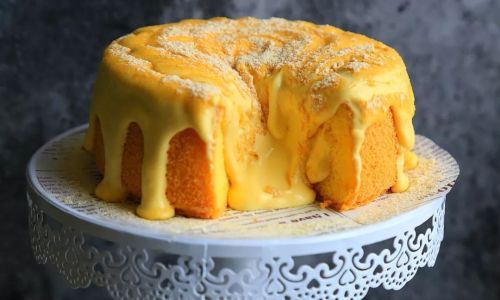

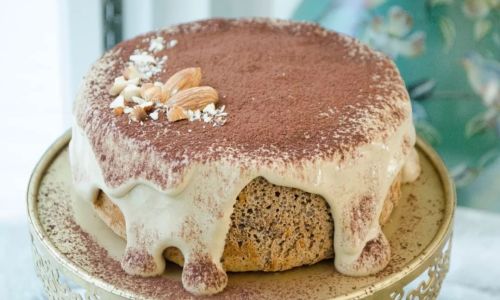
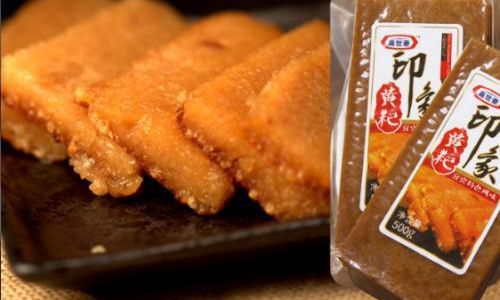
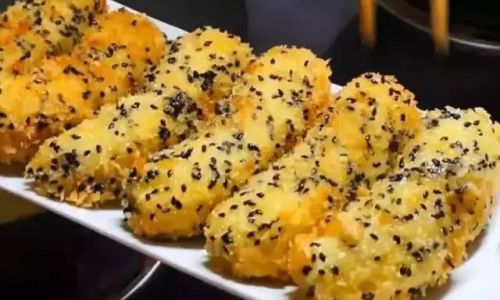
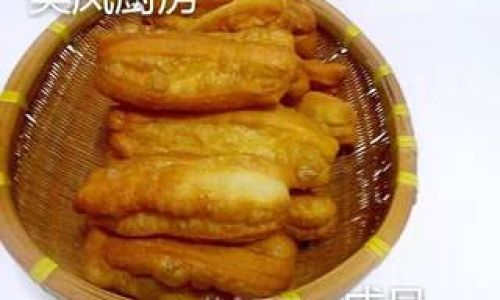
0 comments